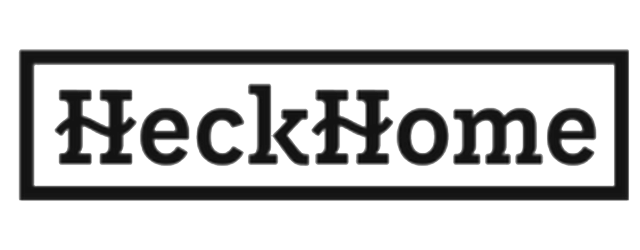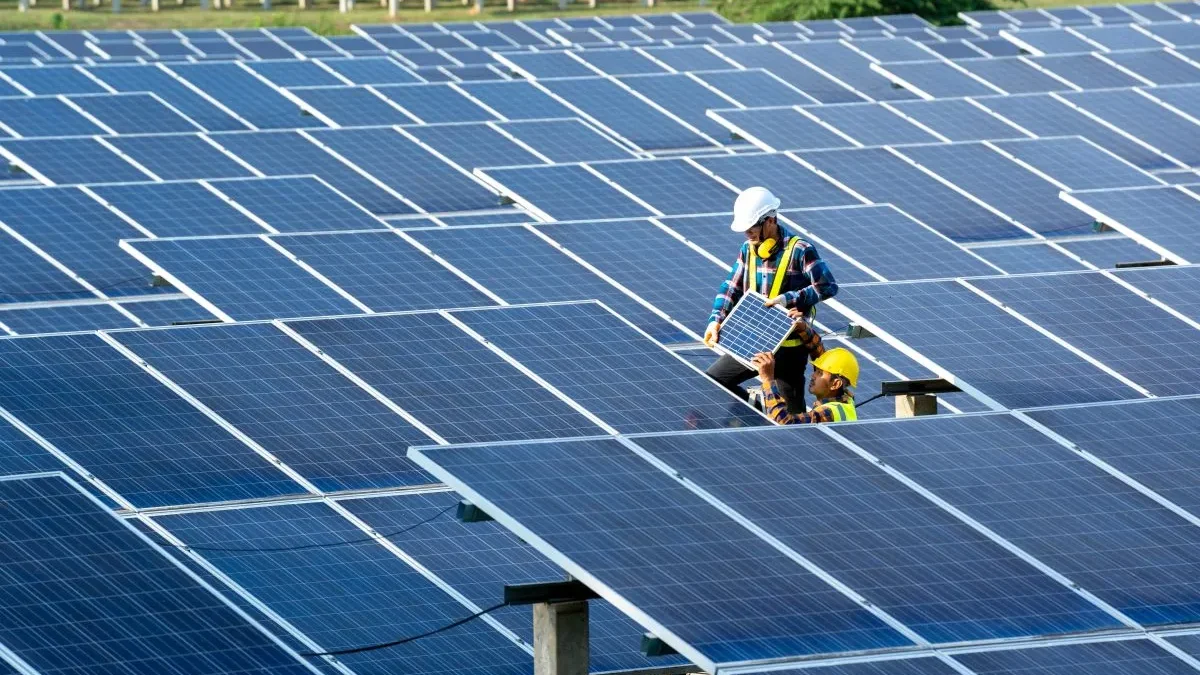
As the world continues to prioritize sustainable energy solutions, solar power remains at the forefront of the clean energy revolution. The solar panel industry has witnessed remarkable advancements, leading to a diverse range of solar panel types that cater to various needs and preferences.
In 2023, these innovations have reshaped the market compared to years past. Here are five essential insights into the solar panel types and innovations that you should know:
Monocrystalline and Polycrystalline Dominate:
Monocrystalline and polycrystalline solar panels continue to dominate the market, providing reliable and efficient energy generation. Monocrystalline panels are known for their higher efficiency and sleek appearance, making them an ideal choice for limited-space installations. Polycrystalline panels offer an economical option while still delivering commendable performance. The efficiency of these traditional panel types has improved, resulting in higher energy output per square meter compared to earlier versions.
Thin-Film Technology for Flexibility:
Thin-film solar technology has undergone significant advancements, leading to flexible and lightweight solar panels that can be integrated into a variety of applications. These panels are made from thin layers of photovoltaic materials, offering greater flexibility and versatility. Thin-film panels can be adhered to curved surfaces, integrated into building materials, and even used in portable solar chargers. This innovation expands the possibilities for solar energy integration in unconventional spaces.
Bifacial Solar Panels for Increased Efficiency:
Bifacial solar panels have gained popularity due to their ability to capture sunlight from both sides, significantly enhancing energy yield. These panels can reflect and capture light from the ground, walls, and surrounding surfaces, increasing overall efficiency by up to 30%. Bifacial panels offer a unique advantage in areas with highly reflective surfaces, such as snow-covered ground or water bodies. Their increased efficiency makes them a promising choice for maximizing energy production.
PERC Technology for Enhanced Performance:
Passivated Emitter and Rear Cell (PERC) technology has become a standard feature in many modern solar panels. PERC technology enhances light absorption and energy conversion by improving the cell’s efficiency. This technology creates a reflective layer at the rear of the solar cell, allowing more light to be absorbed and utilized. As a result, PERC-equipped panels generate higher electricity output, making them a sought-after choice for residential and commercial installations.
Energy Storage Integration for 24/7 Power:
Innovations in solar panel technology have extended beyond the panels themselves to include energy storage solutions. Solar panels combined with energy storage systems, such as lithium-ion solar batteries for home, enable homeowners and businesses to store excess energy during sunny hours for use during the night or when the sun isn’t shining. This advancement ensures a consistent and reliable power supply, reducing dependency on the grid and enabling a more self-sufficient energy model.
In conclusion, the solar panel landscape in 2023 is marked by remarkable innovations that have transformed the market. Monocrystalline and polycrystalline panels maintain their prominence, while thin-film technology offers flexibility and versatility. Bifacial panels and PERC technology enhance efficiency and energy production, while energy storage integration enables round-the-clock power supply.
Compared to previous years, these innovations have broadened the scope of solar energy applications, increased efficiency, and improved the overall economics of solar power. As solar technology continues to evolve, it paves the way for a cleaner and more sustainable energy future. For individuals and businesses considering solar installations, staying informed about these innovations ensures that you make informed choices that align with your energy needs and sustainability goals.
Thomas Bennett
Related posts
Stay connected
Today's pick
- Enhance Your Images: Effortlessly Remove Object from Photo Today!In today’s visually-driven world, the quality of images plays a crucial role in attracting attention and conveying messages effectively. Whether you’re a professional photographer, a social media influencer, or an e-commerce entrepreneur, having clean and polished images is essential. However, sometimes unwanted objects or elements... The post Enhance Your Images: Effortlessly Remove Object from Photo […]

